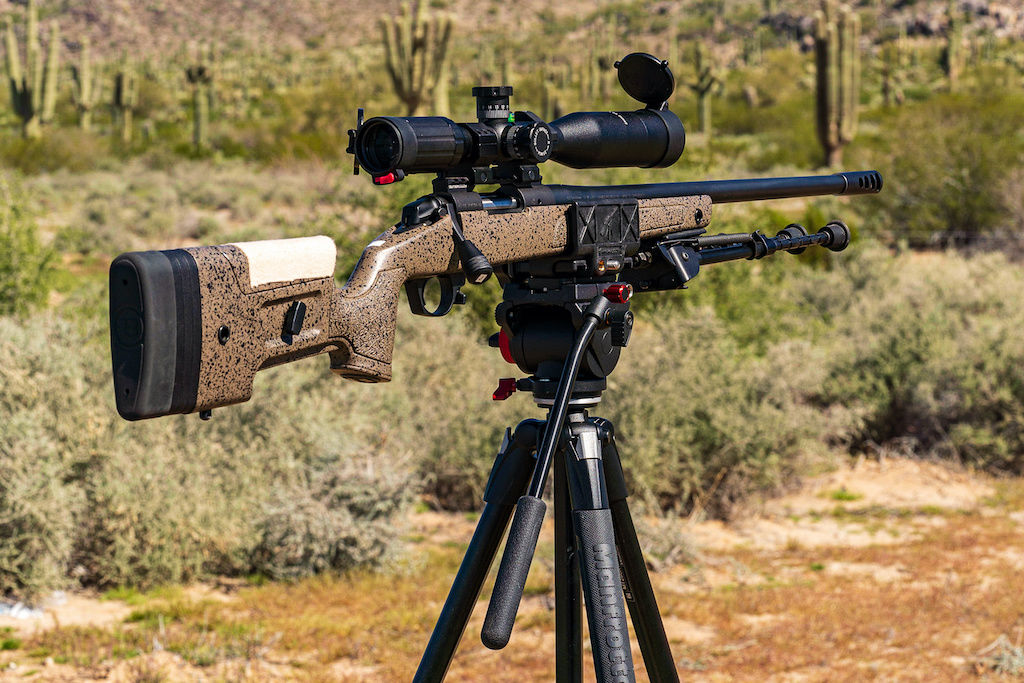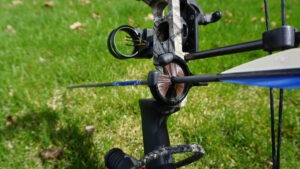Fishing for striped bass can be an exciting and rewarding experience, but understanding the best tides to fish can greatly enhance your chances of success. In this article, we will explore the behavior of striped bass, the role of tides in fishing, optimal tides for striped bass fishing, essential gear, and provide some tips for successful striped bass fishing.
Understanding Striped Bass Behavior
Before we dive into the best tides for fishing striped bass, it is essential to understand their behavior. Striped bass, also known as rockfish, are highly migratory fish that can be found along the Atlantic Coast of North America. They are known for their aggressive feeding habits and can often be found in estuaries, bays, and nearshore waters.
Seasonal Patterns of Striped Bass: Striped bass follow a predictable pattern throughout the year. During the spring months, they migrate from their wintering grounds to spawning areas, where they reproduce. This migration is triggered by changes in water temperature and the availability of food. The spawning areas are usually located in rivers and tributaries, where the water is warmer and provides a suitable environment for the eggs to hatch. After spawning, the adult striped bass start their journey back to their summer feeding grounds.
In the summer, striped bass can be found in abundance in coastal waters. This is the time when they are most active and feeding voraciously. They are known to form large schools and chase baitfish near the surface, creating a feeding frenzy that can be quite a spectacle to witness. Anglers often target these feeding schools using topwater lures and live bait, as the striped bass are more likely to strike aggressively during this time.
As the summer comes to an end and the water temperature starts to drop, striped bass begin their migration back to their wintering grounds. This fall migration is another opportunity for anglers to catch striped bass, as they tend to feed heavily in preparation for the long journey ahead. During this time, they can be found along the coastlines, in estuaries, and near river mouths, where they are fattening up on baitfish before heading south.
Striped Bass Feeding Habits: Striped bass are opportunistic feeders and are known to feed on a variety of prey items. Baitfish such as herring, menhaden, and anchovies are among their favorite meals. These small fish are abundant in coastal waters and estuaries, making them an easy target for the hungry striped bass. When the tide is right and the baitfish are present, striped bass can be seen crashing through the water’s surface, creating a spectacle that excites both anglers and onlookers.
Aside from baitfish, striped bass also prey on crustaceans and other bottom-dwelling organisms. They use their keen sense of smell and the lateral line system to detect vibrations and movements in the water, allowing them to locate their prey even in murky conditions. This ability to adapt their feeding habits to the available food sources makes striped bass a challenging and rewarding species to target.
Understanding their feeding habits is crucial when determining the best tides for fishing striped bass. The tide plays a significant role in the movement and behavior of striped bass and their prey. During certain tidal stages, the baitfish and other organisms that striped bass feed on are more active and accessible, making it easier for anglers to entice a strike. By studying the tide charts and knowing the patterns of the local striped bass population, anglers can increase their chances of success on the water.
The Role of Tides in Fishing
Tides play a significant role in fishing, particularly for striped bass. Tides are the rise and fall of sea levels caused by the gravitational pull of the moon and the sun. Understanding how tides affect fish behavior is essential in determining the best time to go fishing.
How Tides Affect Fish Behavior
Tides create currents, which in turn influence the behavior of fish, including striped bass. During high tide, the water level rises, creating new feeding opportunities for striped bass. As the tide starts to go out, the outgoing current carries baitfish and other prey items towards the waiting striped bass. This makes the outgoing tide an ideal time to target these fish.
When the tide is high, the increased water level allows striped bass to venture into shallow areas that are normally inaccessible during low tide. This gives anglers the advantage of targeting fish in areas that are usually hidden, increasing the chances of a successful catch. The rising tide also brings in fresh nutrients and food sources, attracting striped bass to feeding grounds.
On the other hand, during low tide, the water level decreases, exposing various structures such as rocks, reefs, and sandbars. These structures provide hiding places and ambush points for striped bass, making it an excellent time to fish. Anglers can take advantage of the exposed structures to strategically position themselves and increase their chances of hooking a striped bass.
Low tide also creates current pinch points, where the outgoing water is funneled through narrow channels. These pinch points concentrate striped bass, as they wait for the current to carry baitfish and other prey items towards them. By identifying these pinch points, anglers can position themselves strategically to intercept the striped bass as they feed on the passing prey.
High Tide vs Low Tide: What’s the Difference?
Both high tide and low tide have their advantages when fishing for striped bass. During high tide, fish have access to new feeding areas and can venture into shallow water, making them easier to target. The increased water level also provides anglers with the opportunity to explore areas that are usually submerged, expanding their fishing grounds.
Low tide, on the other hand, exposes structure and creates current pinch points that can concentrate striped bass, making it an excellent time to fish. The exposed structures provide hiding places for striped bass, allowing anglers to target them more effectively. Additionally, the narrowed channels created by the low tide currents create a natural funnel for baitfish, attracting striped bass to these areas.
It’s important to note that the best time to fish for striped bass may vary depending on the location and specific conditions. Factors such as water temperature, weather patterns, and the presence of other prey species can also influence fish behavior. Therefore, it’s essential for anglers to consider these factors in conjunction with the tides to maximize their chances of a successful fishing trip.
Optimal Tides for Striped Bass Fishing
Although striped bass can be caught throughout the tidal cycle, certain tides are known to be more productive than others. Here are some factors to consider when determining the optimal tides for striped bass fishing.
When it comes to striped bass fishing, timing is everything. Understanding the best time of day to fish can greatly increase your chances of success. While striped bass can be caught at any time of day, early morning and late afternoon tend to be the most productive. During these times, the low light conditions make striped bass more willing to feed. The calmness of the early morning or the gradual transition from daylight to darkness in the late afternoon creates an ideal environment for striped bass to actively search for food.
Best Time of Day to Fish
While early mornings and late afternoons are generally the most productive, it’s important to note that striped bass are opportunistic feeders and can be caught throughout the day. However, during midday when the sun is high and the water is clear, striped bass tend to retreat to deeper waters or seek shelter in shaded areas. Therefore, if you’re planning a fishing trip during the day, it’s advisable to focus your efforts during the early morning or late afternoon for the best results.
The Impact of Moon Phases on Tides
Moon phases play a crucial role in tidal movements, and understanding them can give you an edge when fishing for striped bass. The gravitational pull of the moon affects the ocean’s tides, creating a rise and fall in water levels. During the new and full moon, the gravitational forces are stronger, leading to higher highs and lower lows. These extreme tidal movements can trigger striped bass to feed more actively, making these moon phases ideal for targeting them.
During the new moon, when the moon is not visible from Earth, the gravitational pull of the moon aligns with that of the sun, resulting in a stronger tidal range. This increased tidal movement stirs up the water, dislodging baitfish and other food sources, attracting striped bass to feed. Similarly, during the full moon, when the moon is fully illuminated, the gravitational forces are again heightened, causing significant tidal fluctuations.
It’s important to note that while the new and full moon phases can provide excellent fishing opportunities, striped bass can still be caught during other moon phases. However, the extreme tidal movements during the new and full moon tend to create more favorable conditions for striped bass feeding behavior.
When planning your striped bass fishing trip, it’s beneficial to consult a tide chart to determine the timing of high and low tides. By combining this information with the best time of day to fish, you can increase your chances of success and make the most out of your fishing experience.
Essential Gear for Striped Bass Fishing
Having the right gear is essential when targeting striped bass. Here are some key items you should consider:
Choosing the Right Fishing Rod
To successfully reel in striped bass, you’ll need a sturdy fishing rod capable of handling their size and strength. A medium to heavy-action rod, paired with a reliable reel, will help you land those trophy-sized fish.
Best Bait for Striped Bass
Choosing the right bait is crucial when targeting striped bass. Live bait options such as bunker, eels, and clams are popular choices. Additionally, soft plastic lures, such as swimbaits and bucktails, can be highly effective when imitating baitfish.
Tips for Successful Striped Bass Fishing
Now that you have a good understanding of striped bass behavior, the role of tides, and the essential gear, let’s cover some additional tips to increase your chances of success.
Reading the Water for Signs of Striped Bass
Observing the water for signs of striped bass activity is crucial when targeting them. Look for birds diving, baitfish breaking the surface, and areas with strong currents or structure. These are all indications that striped bass might be feeding in the area.
Safety Precautions While Fishing
While the focus is on catching striped bass, it is important to prioritize safety while fishing. Always wear a life jacket when on the water and be aware of your surroundings. Pay attention to weather conditions, tides, and potential hazards to ensure a safe and enjoyable fishing experience.
In conclusion, understanding the best tides to fish for striped bass can greatly increase your chances of success. By considering striped bass behavior, the role of tides in fishing, optimal tides, essential gear, and tips for successful fishing, you’ll be well-equipped to embark on your next striped bass fishing adventure. Remember to always observe local fishing regulations and to practice catch and release whenever possible. Happy fishing!


